Currently, Hoi An city has 4 craft villages and 1 lantern street. There are 6 crafts that have been recognized by the Ministry of Culture, Sports and Tourism as national intangible cultural heritages: Thanh Ha pottery; Kim Bong carpentry; Tra Que vegetable growing; Thanh Chau bird's nest exploitation; Cu Lao Cham parasol hammock weaving; Cam Thanh bamboo and coconut house making.

Throughout its history, traditional craft villages in Hoi An have always been closely associated with natural conditions, poetic landscapes, and traditional cultural activities and folk festivals of the craft villages.
The craft villages are hundreds of years old, preserved, promoted, and maintained, and to this day, the villagers still live with their traditional professions, expanding and creating long-standing values to create sophisticated products that are valuable in modern life.

Artisans in Kim Bong carpentry village (Cam Kim commune) have been the main force in construction for generations and have also participated in the restoration of ancient houses in Hoi An. They are highly skilled and the handicraft products are carved and sculpted entirely by hand by artisans, with sophistication.
In particular, Hoi An's traditional craft villages with their own unique ecological landscapes, unique architectural spaces, and rich community cultural activities have become attractive tourist attractions.

Traditional craft villages and handicrafts have contributed significantly to diversifying the types/products of tourism and services in Hoi An, creating great attractions that have attracted a large number of domestic and international tourists to the city over the years.
Thanh Ha Pottery Village (Thanh Ha Ward) is a destination that many tourists visit on their tour of Hoi An to experience making handmade pottery with the village artisans.

Thanh Ha pottery village still preserves almost intact the vestiges of a traditional village nearly 300 years old with typical landscapes of banyan trees, water wharves, communal house yards, and pottery made by hand using methods such as using pottery sharpening tables and firing pottery.
Tra Que vegetable village (Cam Ha commune) has 202 households participating in vegetable growing activities with 326 direct workers on an area of 18 hectares of cultivated land, bringing in a stable source of income.

Tra Que Vegetable Village Recognized as the Best Tourist Village in 2024 by the United Nations Tourism Organization (UN Tourism)

Currently, Tra Que vegetable village is exploited for tourism with the experience activity "A day as a resident of Tra Que vegetable village" which is loved by tourists.
Thanh Chau bird's nest exploitation is a craft village exploiting bird's nests in caves on Cu Lao Cham island, born in the 16th century under the Nguyen lords.

Craftsmen inherit the traditional profession of their ancestors, improve the way of raising and exploiting swiftlets, creating the richness of the profession and the culinary cultural identity of Hoi An residents in particular and Quang Nam in general.
The craft of making bamboo and coconut houses in Cam Thanh reflects the history of formation and development of villages, craft villages and traditional occupations in Cam Thanh commune in particular and the urban area and commercial port of Hoi An in general.

Taboo Bamboo Workshop, a handicraft facility of artisan Vo Tan Tan in Cam Thanh commune, Hoi An, is a famous art space with sophisticated, unique, and environmentally friendly products made from bamboo.
Based on available materials, local residents have been creative in processing and assembling bamboo and coconut houses suitable for living conditions and environment. The method of building bamboo and coconut houses has its own characteristics of Hoi An land, demonstrating the adaptability of the people in the context of industrialization and modernization.

Bay Mau coconut forest discovery tourism has developed strongly as Hoi An orients its tourism development towards ecological villages.
The hammock weaving profession of Tan Hiep island commune (Cu Lao Cham, Hoi An city) has existed and developed for many centuries.

Not only having material value, the parasol hammock is also associated with the formation and development of Cu Lao Cham land, containing the thoughts and feelings of the islanders.
Hoi An also has a lantern craft street in An Hoi block, Minh An ward with more than 3,000 workers participating in crafting and production. The lantern making profession in Hoi An has existed for a long time, but was truly revived when Hoi An organized the Mid-Autumn Festival for the first time in 1998.

This product can be exported locally as souvenirs and has also been officially exported to European, American and Australian countries. PHOTO: TTVHHA

The Old Town Night program has revived traditional lanterns, becoming a typical image associated with the ancient town of Hoi An sparkling with lanterns. PHOTO: TTVHHA
Hoi An has been recognized as a UNESCO Heritage City and Creative City in the field of Crafts and Folk Arts. This is the driving force for the city to constantly innovate, create and make more efforts in preserving and conserving traditional craft villages.

The traditional hand-tailored garment making profession in Hoi An is very popular with tourists because of its design, quality and quick service.

Thanks to the early conservation regulations, up to now, the craft villages in Hoi An have almost kept their original status and space. Some tourist routes have been put into operation in association with the craft villages, becoming attractive destinations for tourists when visiting Hoi An.
In general, the work of preserving and promoting the value of traditional crafts/craft villages in Hoi An in recent times has achieved remarkable results.

Craft villages with craftsmen need to be respected, preserved and developed. Important and valuable traditional technologies need to be preserved, used and developed towards modernization.

Products from craft villages will be tourism products with high cultural content if we know how to exploit the value of craft villages.
Preserving and developing traditional crafts/craft villages also contributes significantly to preserving and maintaining the unique traditional cultural features of each village/commune; creating opportunities for cultural exchange, socio-economic development through tourism and service activities, contributing significantly to accelerating the process of building new rural areas in Hoi An.
Source: https://baovanhoa.vn/du-lich/theo-dau-lang-nghe-pho-hoi-126046.html


![[Photo] President Luong Cuong presided over the welcoming ceremony and held talks with Sri Lankan President Anura Kumara Dissanayaka](https://vstatic.vietnam.vn/vietnam/resource/IMAGE/2025/5/5/bbb34e48c0194f2e81f59748df3f21c7)


![[Photo] President Luong Cuong and Sri Lankan President Anura Kumara Dissanayaka visit President Ho Chi Minh relic site](https://vstatic.vietnam.vn/vietnam/resource/IMAGE/2025/5/5/0ff75a6ffec545cf8f9538e2c1f7f87a)


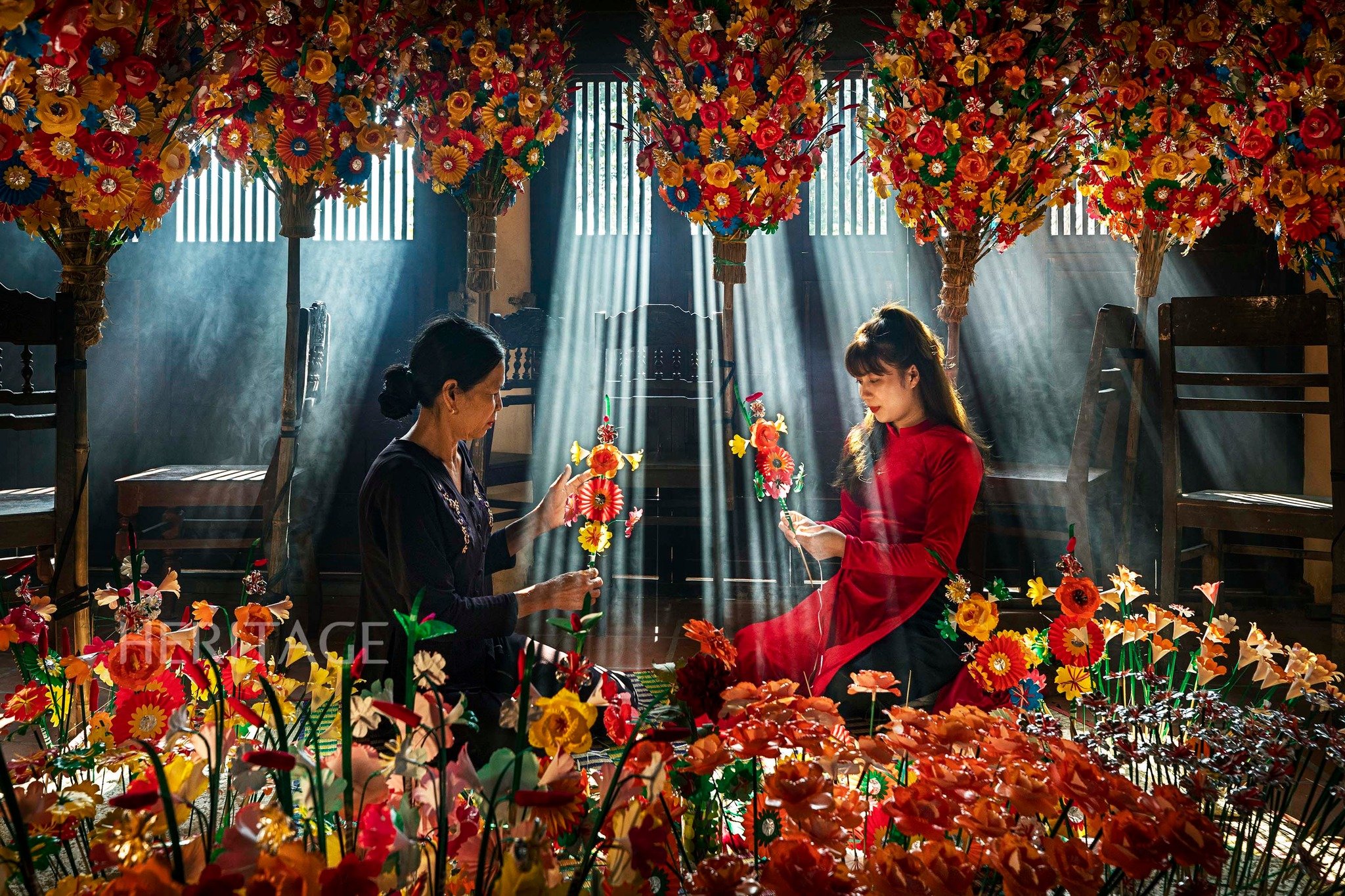

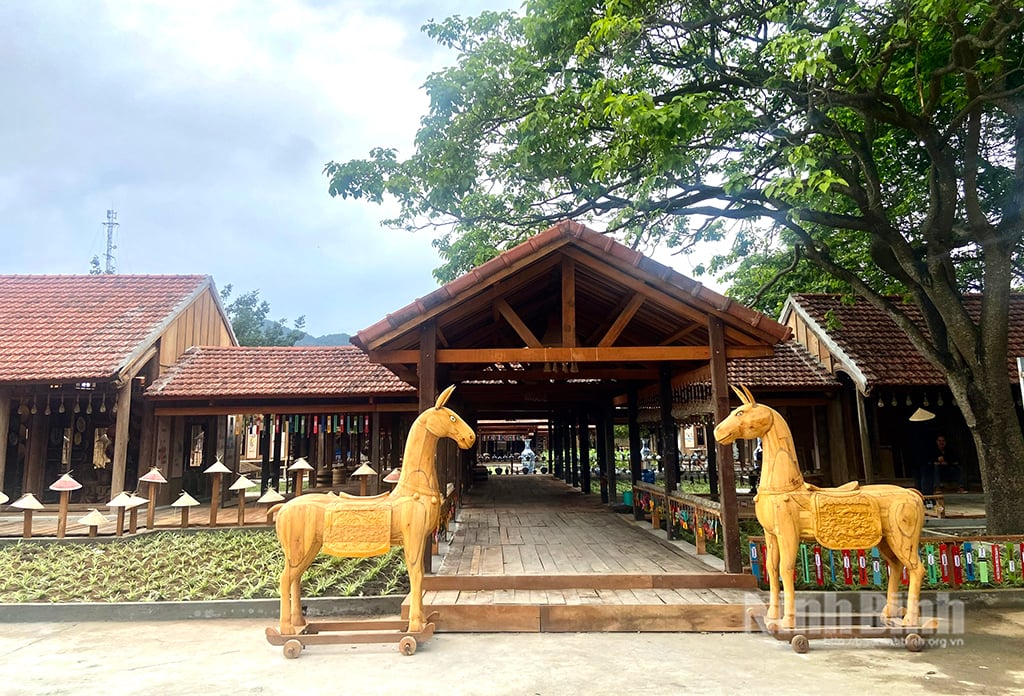



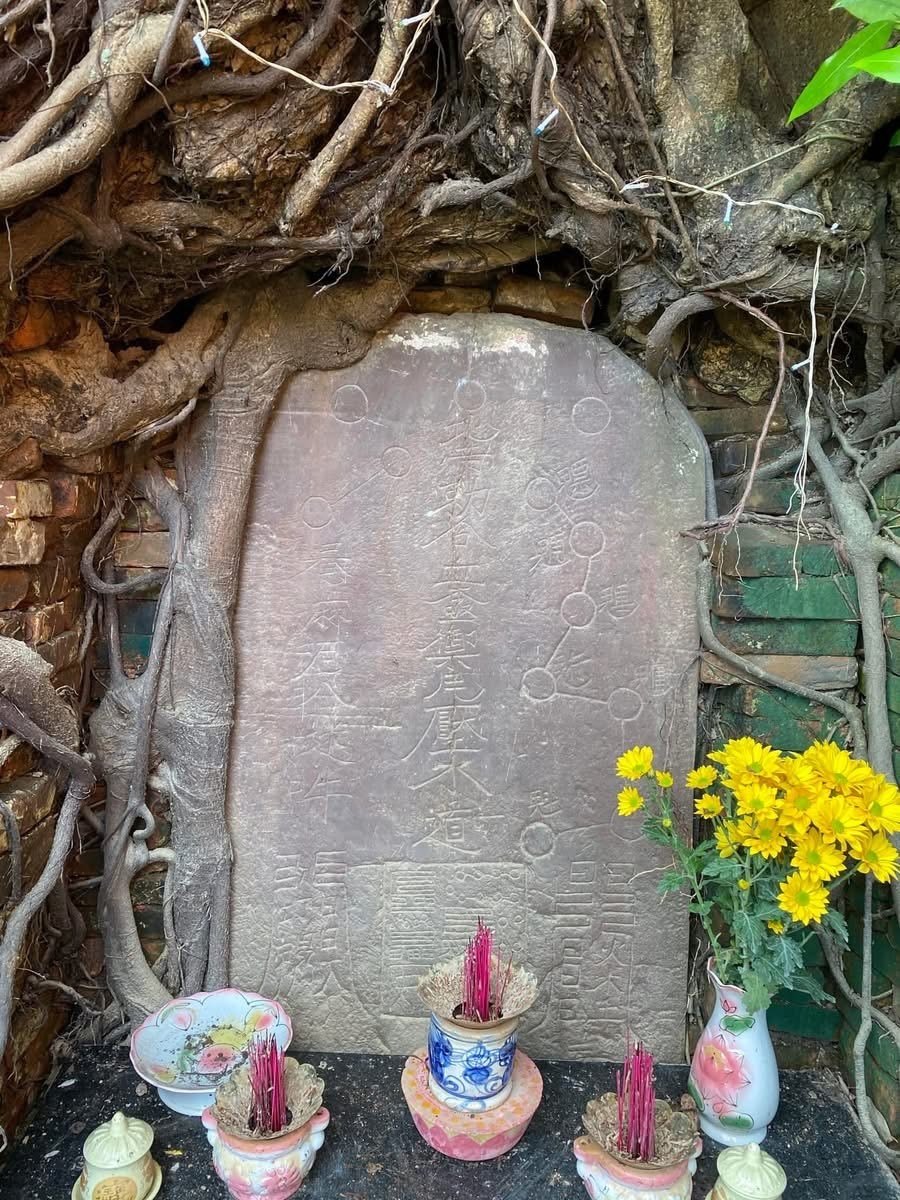




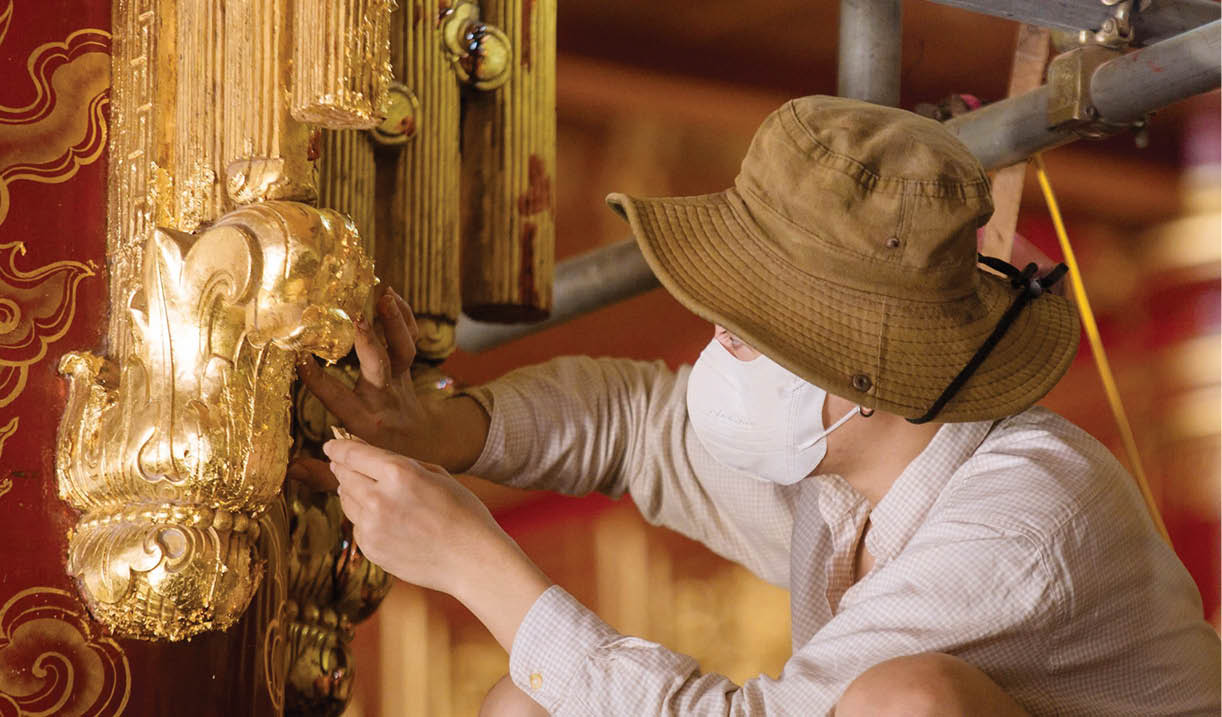

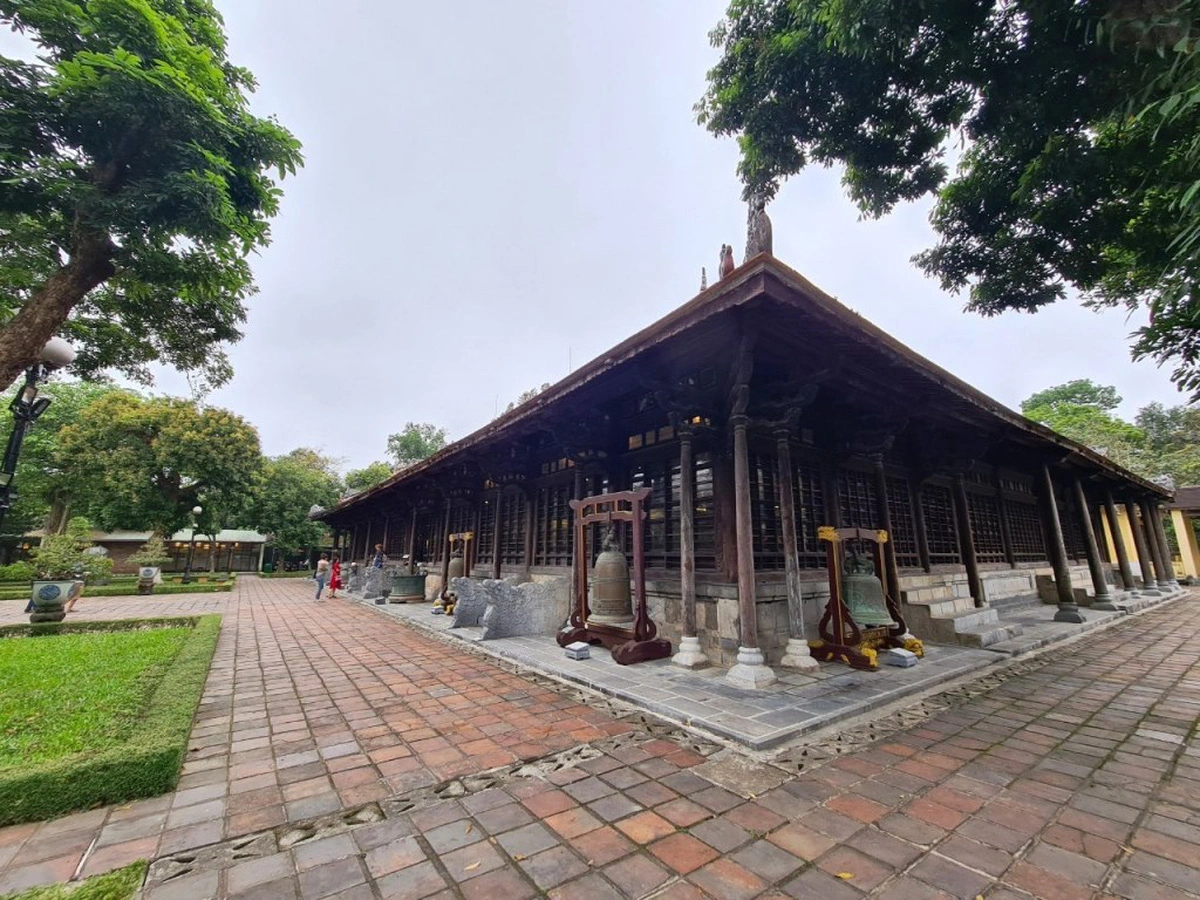







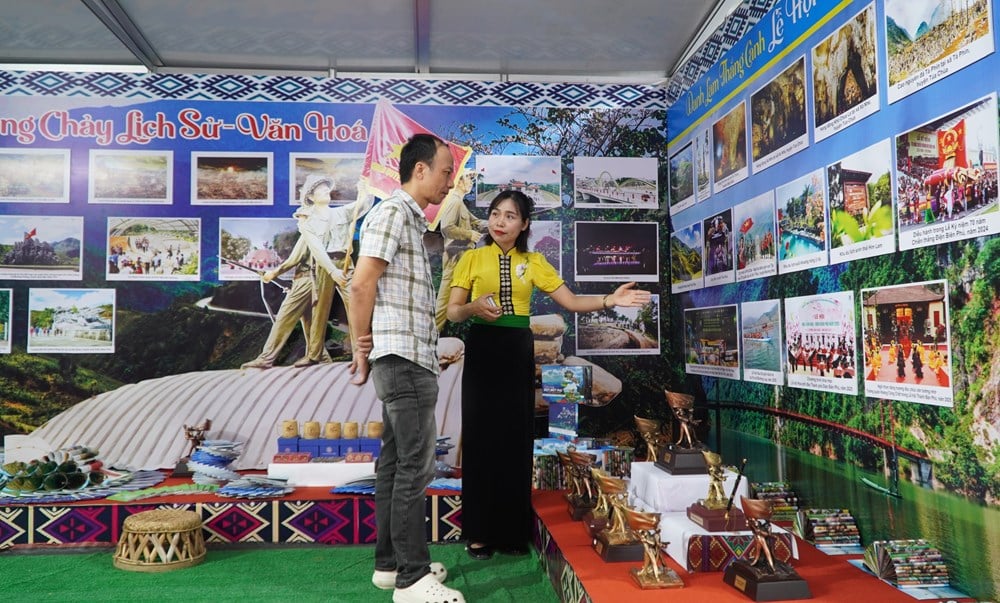
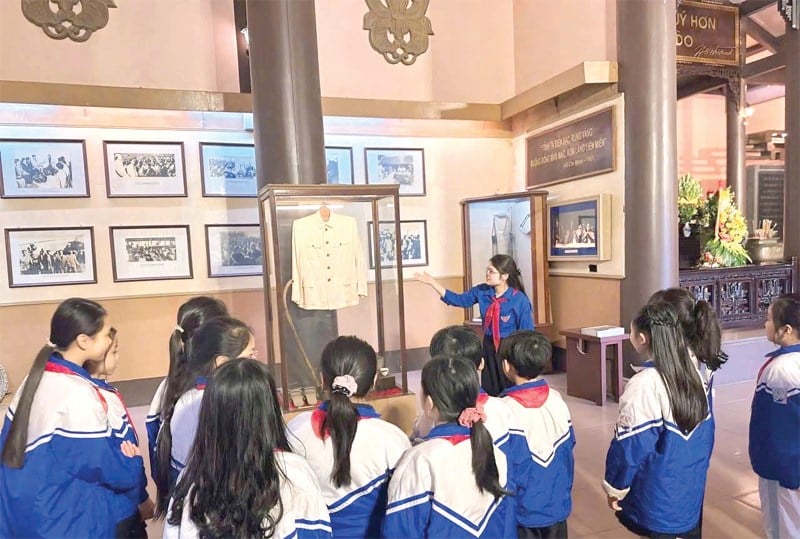
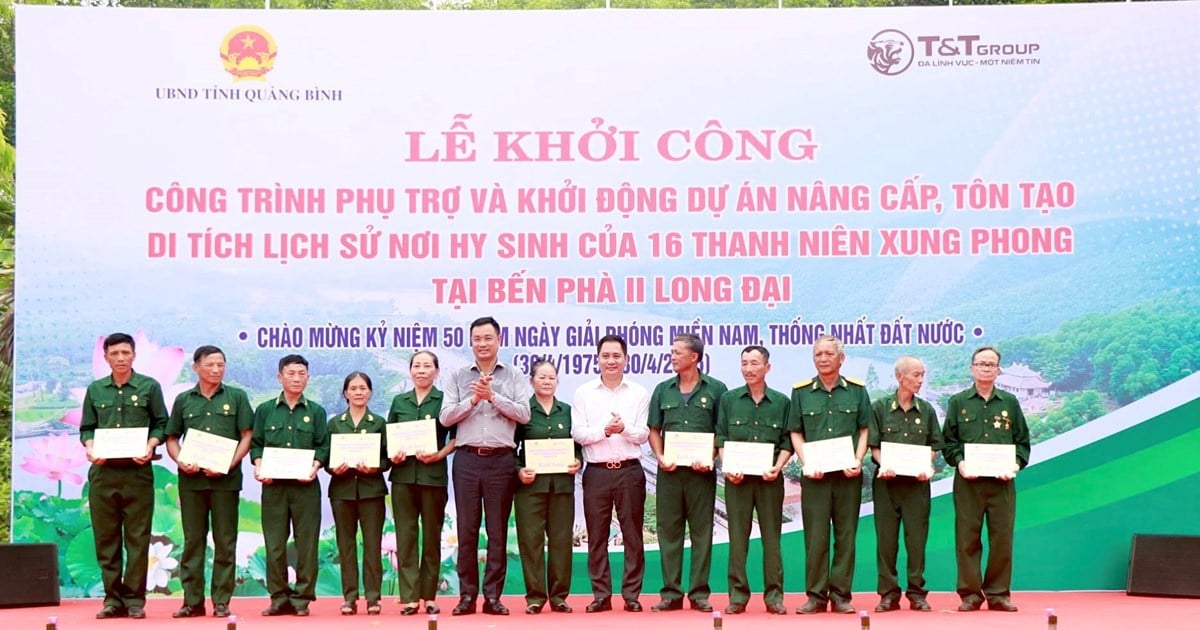


![[Photo] Solemn opening of the 9th Session, 15th National Assembly](https://vstatic.vietnam.vn/vietnam/resource/IMAGE/2025/5/5/ad3b9de4debc46efb4a0e04db0295ad8)


























































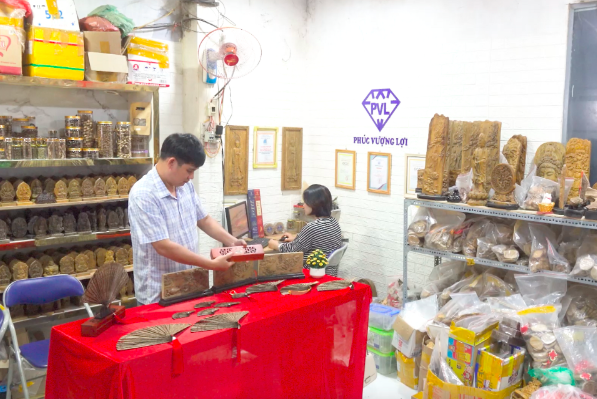


Comment (0)